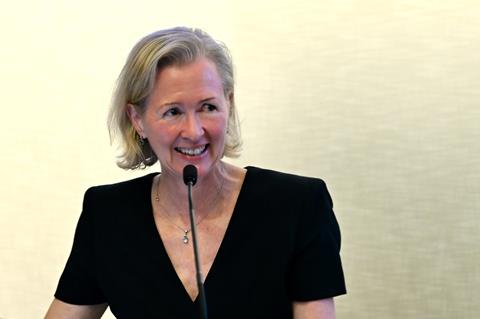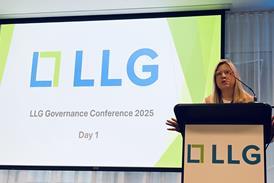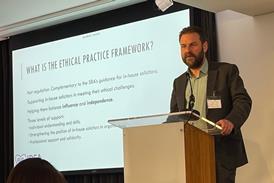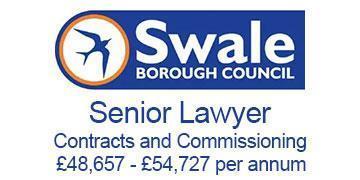In a boost for open justice, Commercial Court documents will have to be made public from October. Anxious litigators are assured that ‘genuinely confidential’ material will be redacted

A century ago, any intelligent person sitting in the public gallery of a big civil court case would have been able to follow what was going on. Today, with most evidence submitted in writing for pre-reading by the judge, they wouldn’t have a hope. ‘A big transparency gap has come into effect without our really noticing it,’ Mrs Justice Cockerill, head of the Commercial Court, told the London Solicitors Litigation Association (LSLA) this week.
The judge, who becomes Lady Justice Cockerill later this year, was revealing a plan to close this gap, at least in her jurisdiction.
From October, witness statements, expert exhibits and other documents essential to the understanding of proceedings in the Commercial Court will have to be made publicly available. This will be done by adding them to the public-facing part of the CE File electronic filing and case management system.
The plan, which currently exists as a draft practice directive, is the latest attempt by the judiciary to comply with the landmark Supreme Court judgment and subsequent High Court ruling in Dring v Cape. These judgments asserted that open justice requires courts to grant access to documents placed before a judge and referred to by a party at trial unless there was a good reason not to do so. ‘It should not be limited by what the judge has chosen to read,’ Lady Hale, then Supreme Court president, noted.
Putting this position into practice has not been simple, however. Last year, the Civil Procedure Rule Committee published proposals to widen the scope of CPR 5.4c, which covers non-party access to documents. This attracted what Cockerill called an ‘extremely negative’ response from, among others, the LSLA. It raised five big concerns, ranging from confidentiality, questions of timing of document releases, the possibility of ‘collateral use’, including in other court proceedings, and the time and expense required, especially for redacting sensitive information.
According to the judge, the new practice direction will contain ways around these objections – at least in the Commercial Court, with its ‘sophisticated and engaged user profile’. Material that must be made available includes the so-called Dring documents, which include skeleton arguments, opening and closing submissions, witness statements and affidavits, and expert reports. On top of these are ‘documents understood by the judge to be critical to the understanding of the hearing ordered by the judge at the hearing to be a public domain document’.
'It is the responsibility of the person who asserts that a derogation from open justice is required to raise the issue with the court'
Transparency and Open Justice Board
‘Genuinely confidential’ material will be redacted through a judge’s ‘file modification order’, which the judge said would be agreed in a ‘relatively informal process’. However, judges ‘are going to take some persuading that a document read out in court should be subjected to a modification order’.
The practice direction, which will be piloted for six months, applies to all Commercial Court hearings in public, but not to cases involving litigants in person not on the CE File.
The court documents pilot scheme is only one of the first outputs from the judiciary’s Transparency and Open Justice Board set up last year under Mr Justice Nicklin. Other moves in the coming months are expected to include live-streaming of proceedings in the Administrative Court and the posting of hyperlinks to cases cited in judgments posted on National Archives to make them more comprehensible, Cockerill said.
Whether the court documents access scheme will be emulated in other parts of the courts system is uncertain: the Family Division poses obvious problems. The Commercial Court chief said that long-term plans will depend on the success of the pilot and any lessons learned. She also stressed that the transparency board’s programme, finalised this week following a consultation, is set out in terms of overall objectives rather than top-down detail. ‘Everyone knows their own court best,’ she said. ‘The people who run the jurisdictions are best placed to decide what should be done.’
However, the board’s response to its consultation on the objectives reveals that worries about opening up access to court documents persist. On the question of resources, it states that digitisation means the burden is less onerous than it would have been in the paper age. On confidentiality, ‘it is the responsibility of the person who asserts that a derogation from open justice is required to raise the issue with the court’.
‘Some respondents’ are concerned that the expansion of open justice might have a chilling effect by dissuading people from bringing claims. ‘This is a potentially complicated area and the answer may vary jurisdiction by jurisdiction and even case by case’, says the board.




































No comments yet